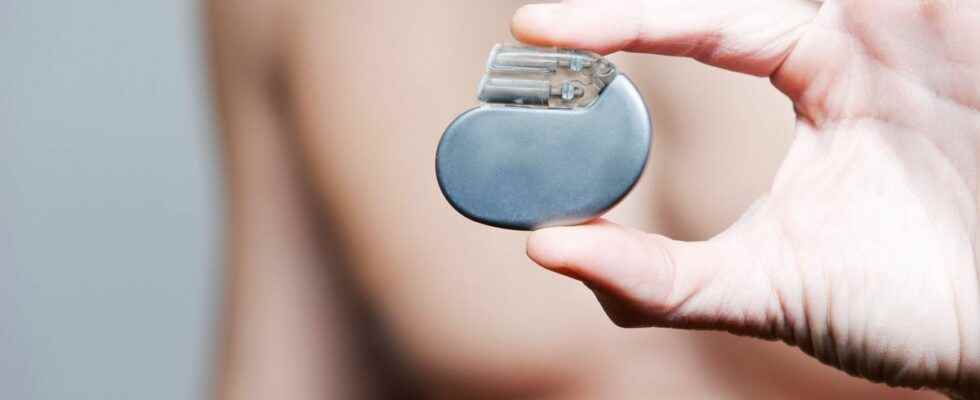Published on
Updated
Reading 2 mins.
American researchers have developed a completely revolutionary pacemaker which uses light to regulate heart rhythm.
A new kind of pacemaker could well be on the market. The result of a collaboration between the University of Arizona and Northwestern University, it works wirelessly and without batteries, predicts cardiac events and provides “intelligent” stimuli.
A light-sensitive heart limp
Pacemakers are small devices, implanted under the skin, that help the heart beat normally. But when they reach the end of their life, they must be replaced. This is not the case with this new device, wireless and batteryless, digitally manufactured using thin sheets wrapping the heart.
Photosensitive, this box uses light to target certain heart muscle cells that manage pain.
To achieve this technological feat, scientists used the technique of “optogenetics”, “which consists in introducing into a cell a gene which codes for a photosensitive protein, which will be activated when it is illuminated with a specific light“, specifies Inserm.
This pacemaker 2.0 also takes into account the way the heart deforms during the beat and provides multi-site stimulation of heart muscle cells.
Finally, it proves capable of predicting cardiac events.
“In Vivo Animal Experiments Demonstrate Efficacy of Customized Device on Stimulation (…) and Recording with Potential for Self-Adjustment“, say the researchers.
The biggest advantage of this box? Decrease the sensation of pain during defibrillation.
“When patients have heart muscle defibrillation, they often feel discomfort because the electrical current also affects other muscles in the body.s”, specify the authors.
Further tests should be performed
So far, the researchers have only implanted the battery-free box into mouse hearts. They nevertheless hope to test the device soon in other animal species.
“Even if we want to experiment this technology in humans, we first want to measure its effects in large animals, pigs or sheep, which have a much closer resemblance to human cardiovascular physiology than rodents“, conclude the researchers.
